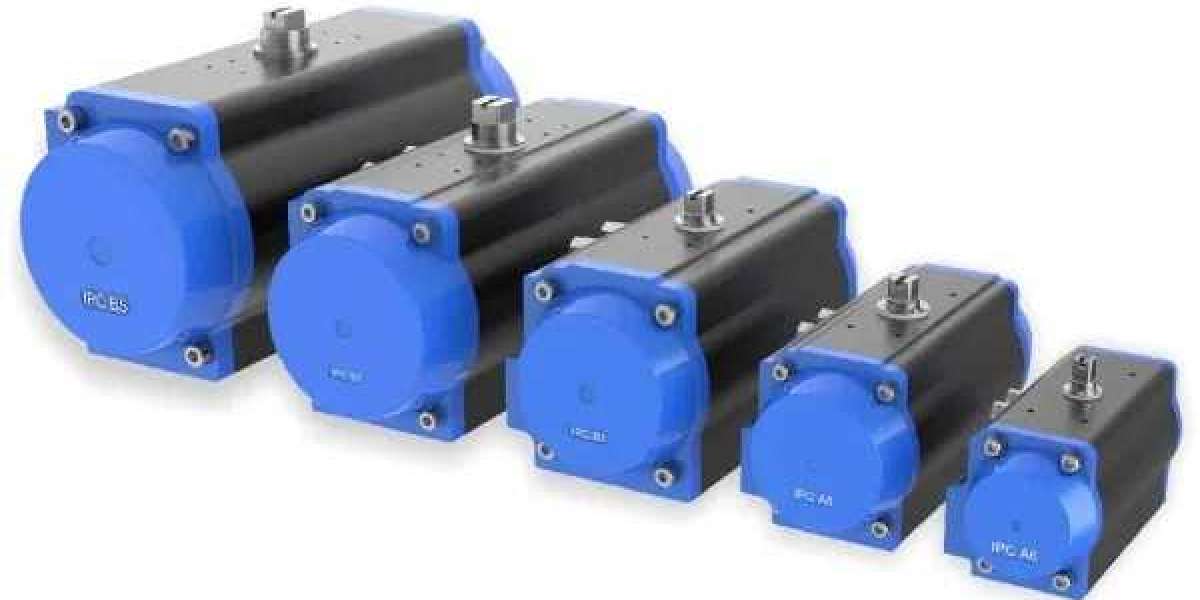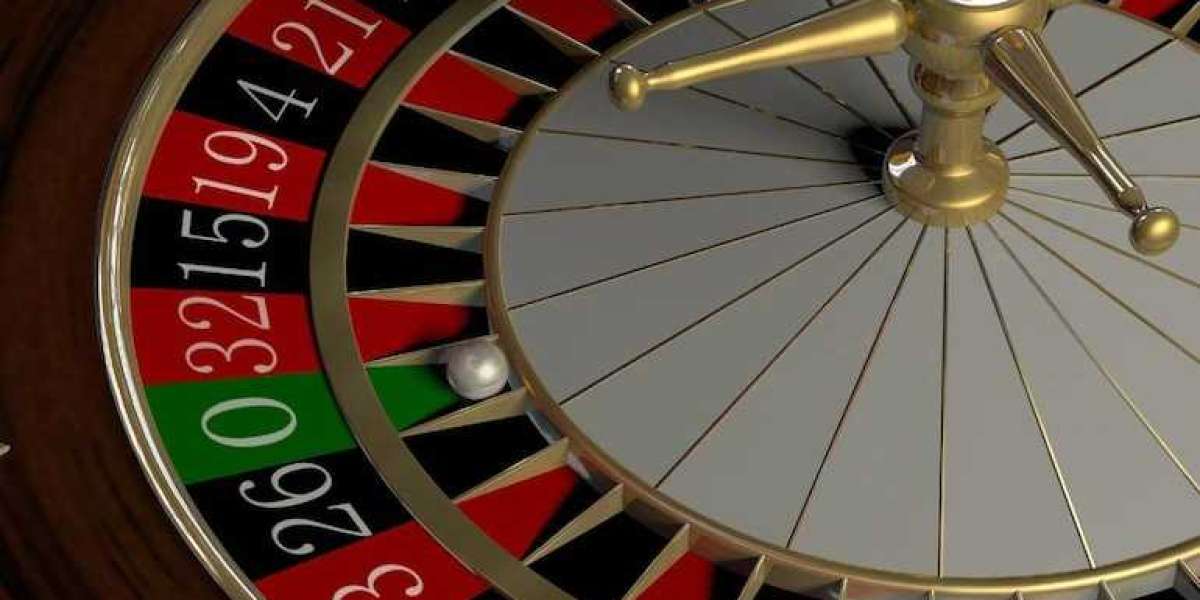We are a top-tier control valve manufacturer in China, delivering high-quality valves and precision control actuators designed to meet a wide range of industrial applications.
Pneumatic valve actuators are critical components in industrial valve automation systems, especially where quick response times and energy efficiency are paramount. Their core working principle is straightforward: compressed air enters the actuator, drives the piston, and this motion is transferred to the valve stem, which either rotates or lifts the valve mechanism depending on the valve type.
There are two primary categories of pneumatic actuators:
Single-Acting (Spring Return)
Double-Acting
Understanding the distinctions between these types is crucial for selecting the right actuator for your application.
Types of Pneumatic Valve Actuators
1. Single-Acting (Spring Return) Pneumatic Actuators
These actuators use compressed air in one direction and a mechanical spring in the other. The actuator is configured as either:
Normally Open (NO): Air pressure closes the valve; spring opens it.
Normally Closed (NC): Air pressure opens the valve; spring closes it.
Key Features
Fail-safe design: Returns to a default position on air loss.
Lower air consumption.
Suitable for safety-critical systems.
Working Principle
Air to Port A: Air pushes the piston outward, compressing the spring → Actuator rotates the pinion.
Air Loss: Spring decompresses, pushing the piston inward → Actuator returns valve to default position.
2. Double-Acting Pneumatic Actuators
These actuators use compressed air for both opening and closing operations. A 5-way, 2-position solenoid valve regulates airflow to two ports.
Key Features
Greater control and speed.
No fail-safe position unless externally configured.
Ideal for high-cycle or precision applications.
Working Principle
Air to Port A: Piston moves outward, valve opens (pinion turns counterclockwise).
Air to Port B: Piston moves inward, valve closes (pinion turns clockwise).
Comparison: Single-Acting vs. Double-Acting Actuators
| Feature | Single-Acting (Spring Return) | Double-Acting |
|---|---|---|
| Air Consumption | Lower (air needed for one direction) | Higher (air needed both ways) |
| Fail-Safe Capability | Yes (default open/close) | No (requires additional mechanism) |
| Speed of Operation | Slower (spring resistance) | Faster |
| Control Precision | Moderate | High |
| System Complexity | Simpler | More complex |
| Typical Use | Emergency shutoffs, default-position control | High-speed or precision control systems |
Selecting the Right Pneumatic Actuator
Factors to Consider:
Fail-Safe Requirement:
Choose single-acting for critical shutdown or safety systems.Speed Precision Needs:
Opt for double-acting in automated or continuous process applications.Air Supply Capacity:
Use single-acting where air supply is limited. Double-acting requires constant, balanced air pressure.System Size Complexity:
For simple systems, single-acting may suffice. For advanced or integrated systems, double-acting is more appropriate.
Conclusion
Pneumatic valve actuators, whether single-acting or double-acting, provide effective and reliable control in industrial valve automation.
Single-acting actuators are best for fail-safe operations with minimal air consumption.
Double-acting actuators offer faster, more precise control, ideal for dynamic or demanding applications.
Proper actuator selection improves performance, safety, and longevity of valve systems in applications ranging from oil and gas to water treatment, chemical processing, and manufacturing.Know more about Google SEO Directory


